A Guide to Choking Prevention for Parents
Pay special attention to your child when eating or playing with certain toys
31 July 2013
Editor
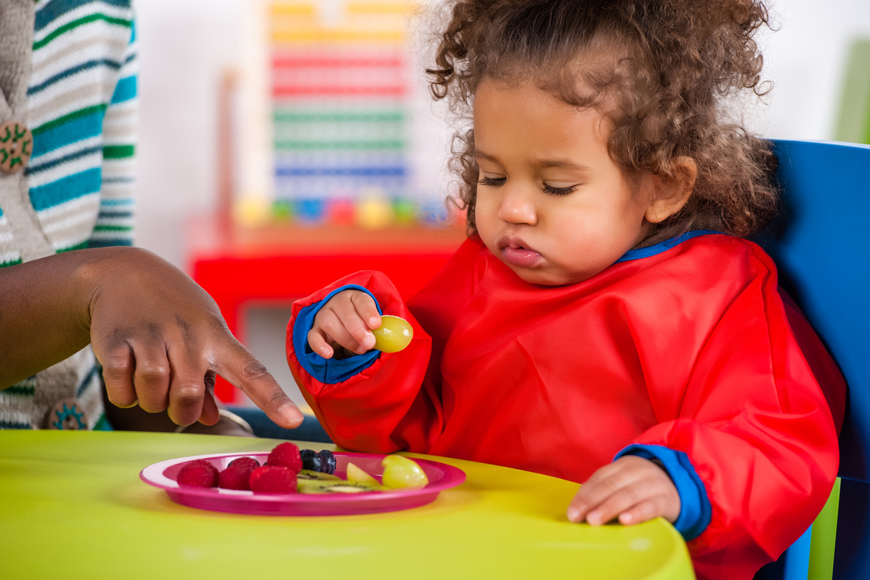
Putting things in their mouths is one of the ways that babies and small children explore their worlds.
Choking is usually caused by food, toys, and other small objects that can easily lodge in a child's small airway- anything that fits can be a danger.
Pay special attention to the following to protect your child from choking:
Food
Encourage children to sit when eating and to chew thoroughly. Teach them to chew and swallow their food before talking or laughing.
Be especially vigilant during adult parties, when nuts and other foods might be easily accessible to small hands. Clean up promptly and carefully, and check the floor for dropped foods that can cause choking.
Never let children run, play sports, or ride in the car with gum, candy, or lollipops in their mouths.
Don't give a child under age 4 any hard, smooth foods that can partially or completely block the windpipe, such as:
Some soft foods also can cause choking and should be avoided:
These soft foods can be served if they're chopped into small pieces or peeled if they have skin.
Spoonfuls of peanut butter and chewing gum also should be regarded as potential choking hazards.
Toys, Balloons, and Other Small Objects
Get on your hands and knees and check the floors, under rugs, and within grabbing range (on shelves, in cushions, under sheets, etc.) for small parts or items that could pose a choking hazard, including:
Toy Safety
Always follow all manufacturers' age recommendations when buying toys. Some toys have small parts that can cause choking, so heed all warnings on a toy's packaging.
Never buy vending-machine toys for small children; these toys do not have to meet safety regulations and often contain small parts.
Make sure small refrigerator magnets are out of your child's reach.
Check toys frequently for loose or broken parts - for example, a stuffed animal's loose eye or a broken plastic hinge.
Warn older children not to leave loose game parts or toys with small pieces in easy reach of younger siblings.
Safely dispose of all batteries, especially button-cell batteries (like those used for watches). Encourage children not to put pencils, crayons, or erasers in their mouths when coloring or drawing.
Put away all breakable objects and those that are small enough to fit in small mouths.

Be Prepared
If you're expecting a baby or you already have a child, it's a good idea to:
Learn cardiopulmonary resuscitation (CPR) and the Heimlich maneuver.
Keep the following numbers near the phone (for yourself and caregivers):





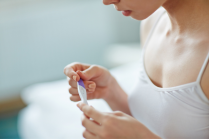
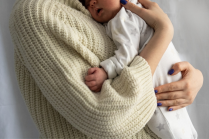







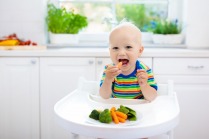

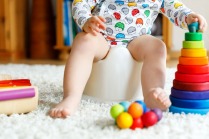

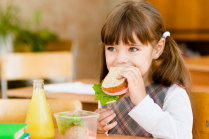

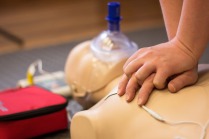




.png?itok=SvZPqMHH)




.png?itok=uB2ieOR7)












